Distant Universe Explosion Can Wipe Out Life On Earth
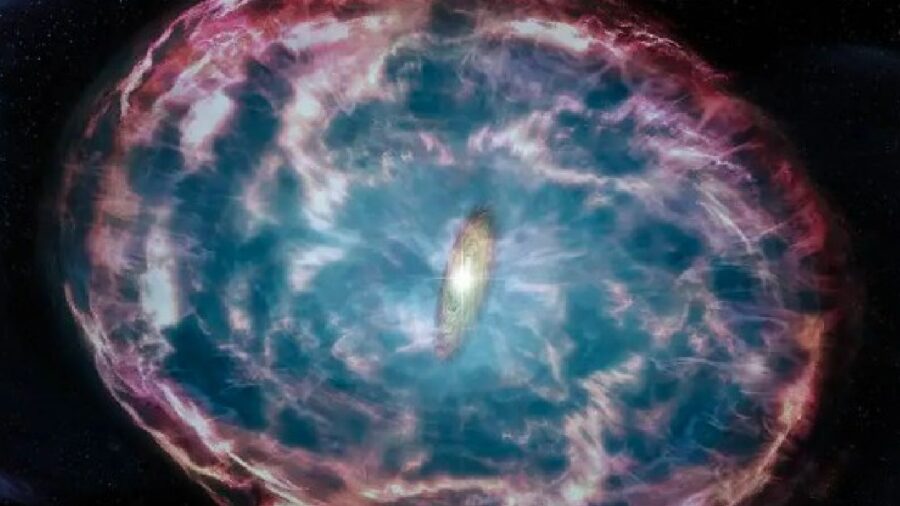
In the mood for a terrifying prospect? A groundbreaking study revealed a cosmic phenomenon capable of ending life on Earth—and without warning. The culprit: the kilonova explosion, an astronomical event so powerful its aftermath could obliterate planetary life as we know it, were it to occur within a critical distance from Earth.
Kilonova Explosions
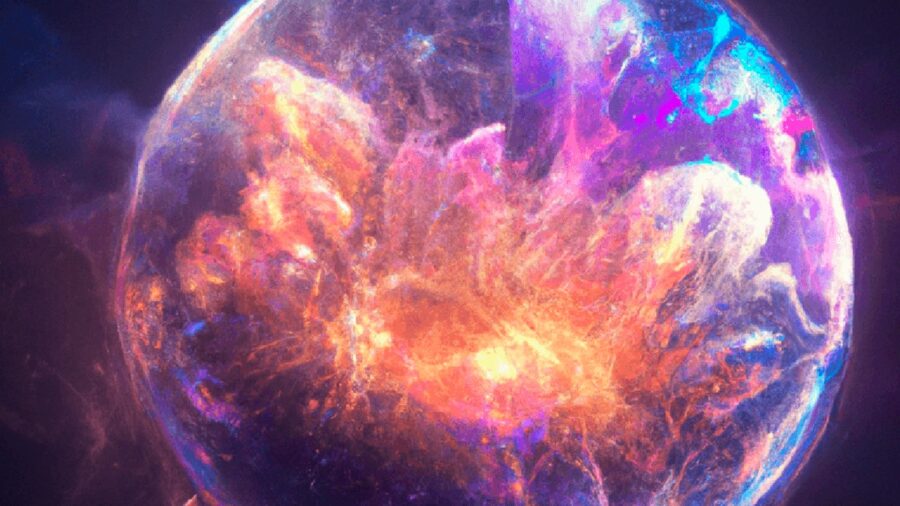
A recent paper published in the periodical The Astrophysical Journal detailed the startling discovery. Although terrifying, the research nonetheless sheds light on the potential cosmic threats lurking in the vastness of space.
The phenomenon discussed is the explosive aftermath of a collision between two neutron stars within a binary system. It also occurs when a neutron star collides with a black hole. These cataclysmic events eventuate a kilonova explosion, an unleashing of unimaginable amounts of electromagnetic radiation, gamma-ray bursts among them, across the cosmos.
How Close Is Too Close?
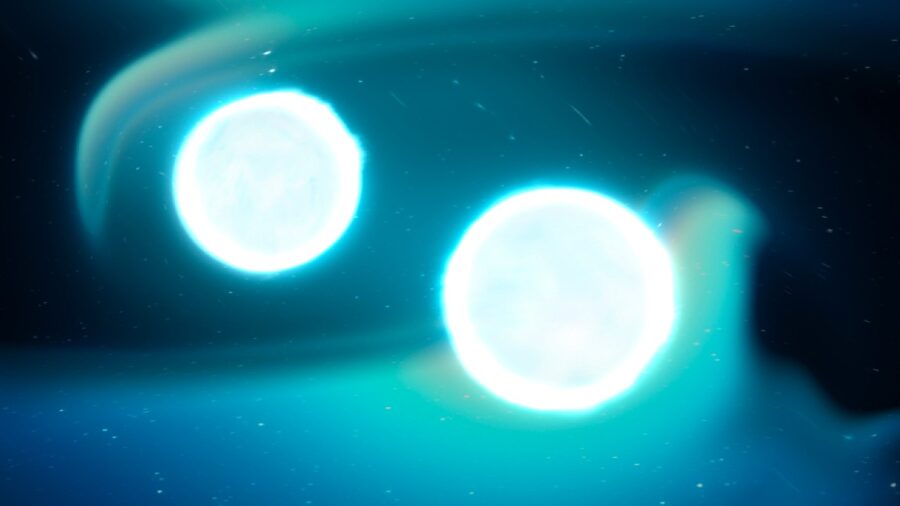
It’s scary enough for these collisions to occur many galaxies away. However, the study focused on the implications of such an explosion occurring within proximity to Earth-like planets. The study draws from the example of GW170817, a kilonova detected in 2017 some 130 million light-years away. Employing GW170817, researchers embarked on a mission to determine, basically (to use unscientific language), how close is too close.
Haille Perkins of the University of Illinois Urbana-Champaign led the team, which utilized advanced computer simulations to determine the minimum safe distance between Earth and a potential kilonova explosion. Spoiler alert: their findings read like a sci-fi disaster movie.
A Number Of Grim Scenarios
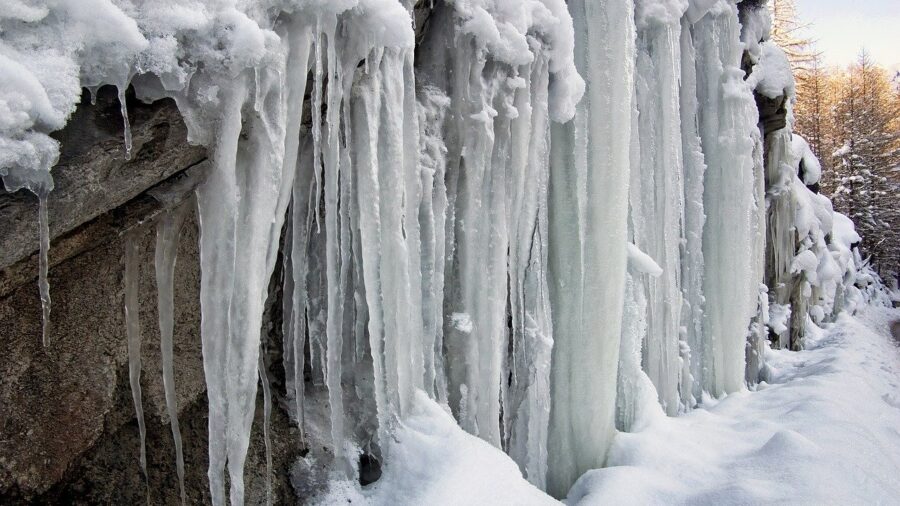
At 16 light-years away, the study concluded, a kilonova could engender an X-ray afterglow potent enough to ionize Earth’s atmosphere.
What about further away?
At distances up to 36 light-years, the ensuing shockwave could generate cosmic rays capable of vaporizing our atmosphere. This would leave the planet barren, frozen, and devoid of oxygen.
We Remain Safe… For Now

The study highlights the incredible precariousness of our existence in the face of celestial phenomena. Thankfully, though, the immediate threat from kilonova explosions remains low–and no known neutron star pairs seem poised to merge near our planet.
Regardless, the study functions as a stark reminder: the universe is unpredictable and potentially horrifying. Moreover, it threatens us in ways we’re only beginning to understand.
For example–and not to keep you up at night–but it’s worth remembering that we know of dozens of stars within the 36-light-year danger zone mentioned above. Their proximity further accentuates the potential risk.
Better To Know Sooner Than Later
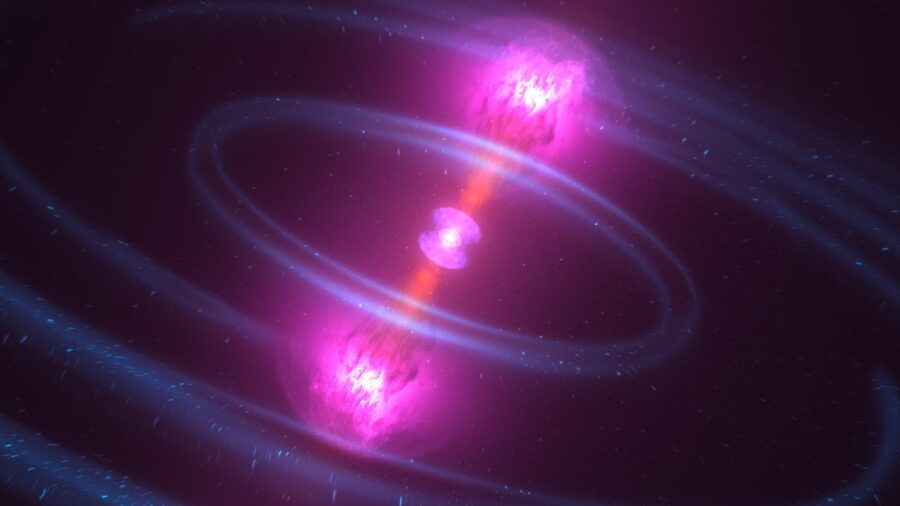
Regardless of the chilling prospects presented by the research, its insights provide invaluable data into the fascinating (if not scary) dynamics of our cosmic neighborhood. There has, it’s true, been only one confirmed detection of a kilonova explosion so far. However, experts such as Perkins look eagerly forward to more observations, which will supply increased data to refine our understanding of these explosive events.
On Earth and in the future, such information is crucial for developing and implementing strategies to mitigate the threat and impact of this cosmic phenomenon.
Source: The Astrophysical Journal












